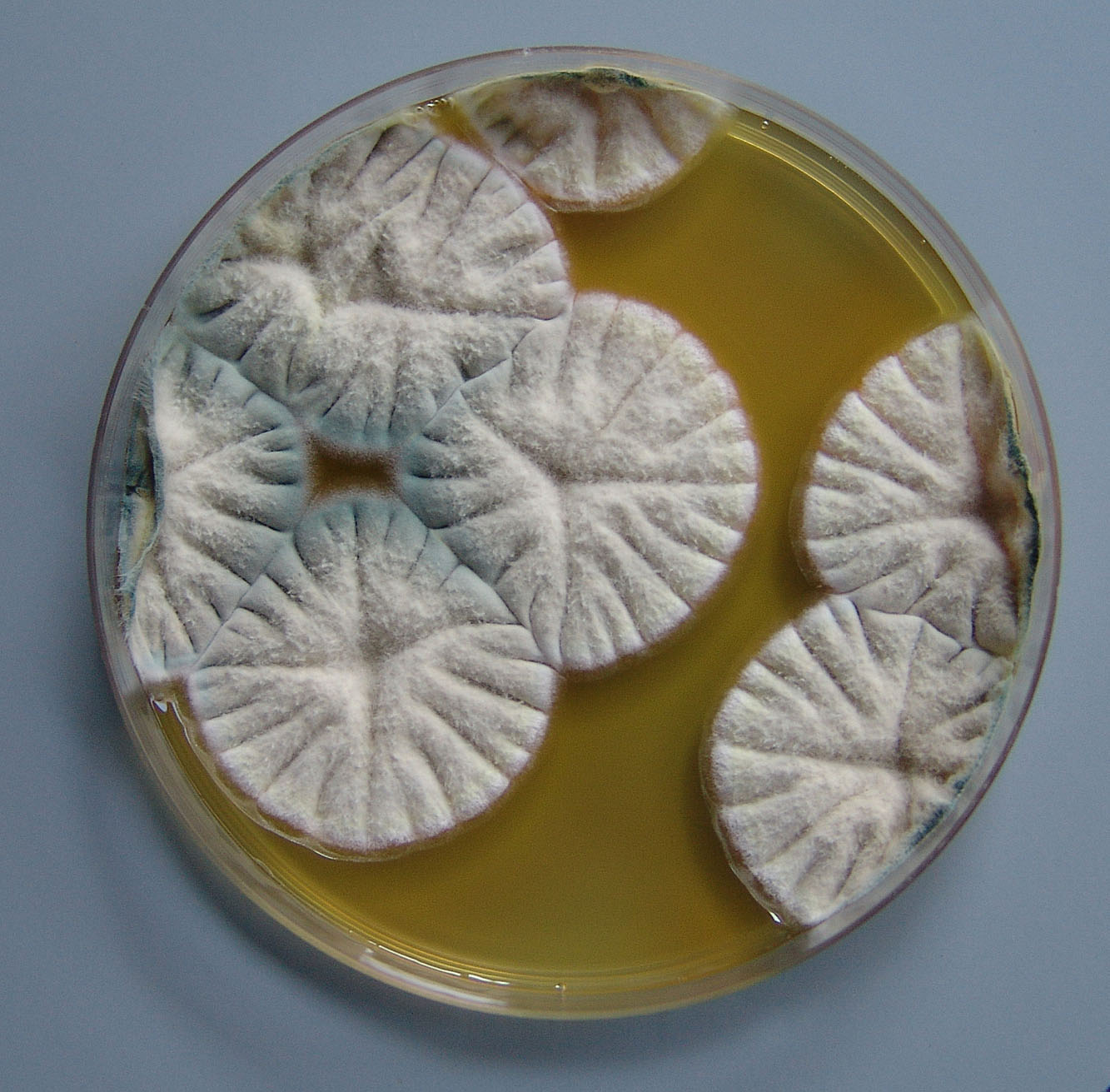
MONDAY, July 21, 2014 (HealthDay News) — A recently developed molecular tool allowed researchers to remove HIV from cultured human cells in the lab.
The team of scientists at Temple University School of Medicine in Philadelphia said their approach may one day lead to a permanent treatment for HIV. They added that this technique might also be used to develop a vaccine to offer protection against the disease in the future.
“Since HIV-1 is never cleared by the immune system, removal of the virus is required in order to cure the disease,” Kamel Khalili, chair of the department of neuroscience at Temple, explained in a university news release.
“It’s an exciting discovery, but it’s not yet ready to go into the clinic. It’s a proof of concept that we’re moving in the right direction,” added Khalili, who is also director of the Comprehensive NeuroAIDS Center at Temple.
The study was published online July 21 in the Proceedings of the National Academy of Sciences.
The research focused on a type of HIV known as HIV-1. This is the most common type of AIDS-causing HIV worldwide, according to the U.S. Centers for Disease Control and Prevention. The virus inserts its genetic material into the DNA of human cells, where it remains throughout a person’s lifetime.
That means people with HIV-1 must take a drug regimen for the rest of their lives to keep the virus under control. If treatment is stopped, the virus returns.
But, if it were possible to remove HIV’s genetic material from human cells, the researchers believe they might be able to rid people of the virus for good.
To do this, the researchers developed a molecular tool that could hunt down HIV-1’s genetic material and snip it out of human cells. Once the viral DNA was removed, the cells were able to repair themselves and put loose ends back together. The result: virus-free cells.
This deletion process was successful in several types of human cells known to harbor HIV-1, according to Khalili.
This technique could potentially be used against a variety of other viruses, the study’s authors pointed out. They also suggested that the same molecular tools used to remove HIV genetic material might lead to an HIV vaccine. The treated cells, which were armed with the ability to snip out HIV, were resistant to new HIV infection, the study revealed.
There are still many challenges associated with this approach that researchers must overcome before it could be used on people, including how to deliver the agent to every single infected cell. HIV-1 also tends to mutate, the researchers noted. As a result, treatment may need to be individualized to each person.
More than 33 million people around the world have HIV, including more than 1 million in the United States. Each year, 50,000 Americans are infected with the virus, according to the CDC.
More information
The U.S. Department of Health and Human Services provides more information on HIV/AIDS.
Copyright © 2025 HealthDay. All rights reserved.

